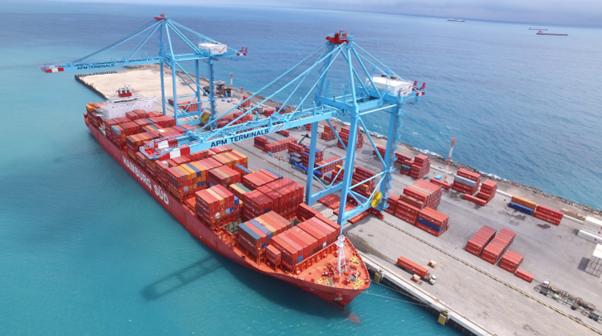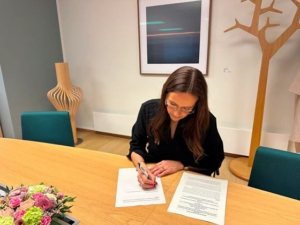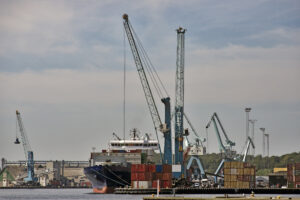APM Terminals and DP World have joined forces to highlight the urgent need for electrifying port operations within 2 to 8 years.
The two partners team up and announce an initiative to accelerate decarbonisation of the world’s terminals through the widespread electrification of container handling equipment (CHE).
The initiative is grounded in research showing the tipping point for battery-electric CHE can be reached within the next 2-8 years with the right actions from industry stakeholders.
The research findings and roadmap for electrification of CHE are the subject of an industry white paper, currently endorsed by Eurogate, Port of Kalundborg, and Smart Freight Centre.
Estimated at 100,000-120,000 units, the global container handling equipment fleet is responsible for 10-15 million tonnes of carbon dioxide per annum.
The global fleet of container handling equipment in 2020 enabled the transportation of 815 million teu´s, with a total value of $8.1 trillion.
Keith Svendsen, chief executive of APM Terminals, said: “Let me be clear: we need to accelerate our work in decarbonisation, and we need to do it now. I am happy to say the research we conducted through Systemiq and ZEnMo strongly backs that a tipping point for the electrification for [CHE] is within reach in this decade. We are now calling for action for the entire port ecosystem to accelerate towards this milestone. It is important for us to stand together, take concrete action with several industry partners for this to happen.”
Tiemen Meester, COO of ports and terminals, DP World, noted: “Battery-electric equipment in ports is a realistic, achievable and affordable way to dramatically reduce carbon emissions. Throughout my career I’ve seen many industry players talk about various methods for achieving net-zero, but I’ve never been so convinced by one tactic’s ability to accelerate decarbonisation. It is my sincere hope that the findings in the White Paper can be used by the entire industry to galvanise real change with electric CHEs.”



